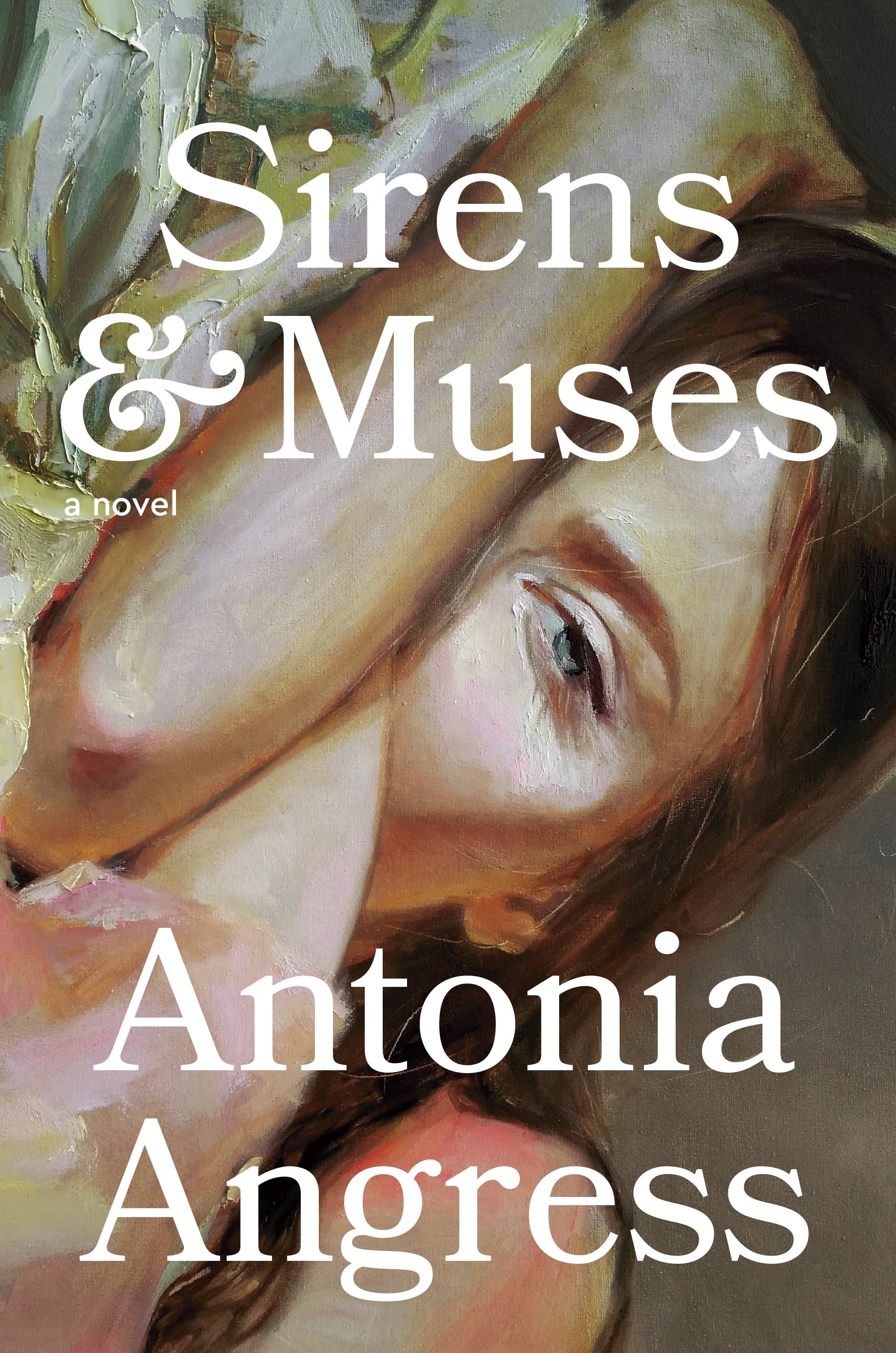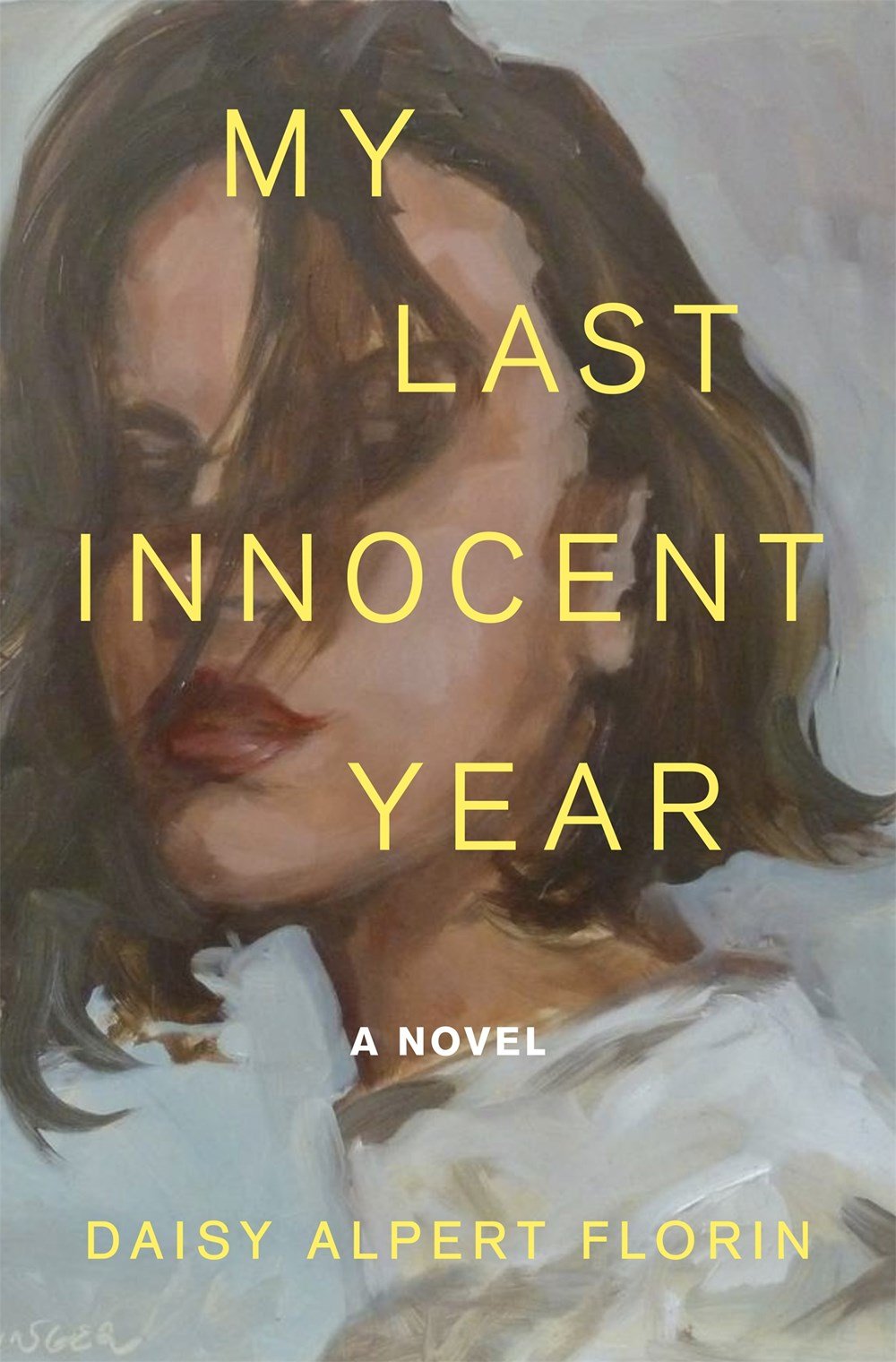
IF ART ALLOWS humans to touch the sublime, then one can’t help but ask where we went so wrong with art school, that expensive immersion in the petty and profane. Two recent debut novels recreate the world of visual and literary arts programs replete with the glittering currency of gossip and connections, the students who nourish their envy and grievances as much as their talent, and the professors who exploit them for their own agendas.
Antonia Angress’s Sirens & Muses takes us to a fictional elite visual arts college, Wrynn, and drops us immediately into an excruciating workshop scene. Sophomore transfer student, Louisa Arceneaux, still unsure whether she belongs at Wrynn, has submitted a bucolic landscape painting of her native Louisiana. “Southern Gothic Lite,” one student says dismissively. Louisa’s classmates recognize her technical competence, but wonder if her work has that je ne sais quoi that makes a painting art. As the novel unfolds, we follow Louisa, along with two of her fellow students, and one of their professors, as they grapple with this question. Is their work good, and is it even art at all? For the philosopher, contemplating the nature of art is an intellectual game. For the artist, it is existential.
Angress uses her characters to expose and critique different aspects of the art world. Louisa, who comes from a working-class Cajun family, struggles to fit in at Wrynn, both culturally and financially. When her grandfather has a stroke, Louisa learns that her family will no longer be able to contribute to her tuition. She is already in debt and must navigate the narrow straits that wreck many aspiring artists, the near impossibility of making art when all your time and resources must go to survival.
In contrast, we meet Karina, Louisa’s roommate who is the daughter of two ultrarich art collectors and grew up with an actual Schiele on her bedroom wall. Money is not an obstacle for Karina, but it controls her just the same. She has been labeled an artistic prodigy her whole life and wins prizes at Wrynn but still self-consciously constructs her paintings for the market: “She knew that reds and blues sold better than browns . . . A female nude was more valuable than a male one (the biggest-spending collectors were men).” Karina’s childhood has trained her to ruthlessly assess her own value, to understand that her art can “make people feel the way you want them to feel . . . the ultimate seduction.” Still, perhaps because of this calculated approach, she feels unsatisfied with her work.
Underneath the surface of objective critique, personal agendas churn.
Karina becomes entangled romantically, and later professionally, with fellow student Preston Utley. Preston approaches art differently from both Louisa and Karina: he is, in the vein of Marcel Duchamp and Maurizio Cattelan, a troll. Outrage is his medium. He releases live cockroaches at art fairs and hacks into the school’s network to send an email promising low-income students free tuition. (Money is a taboo subject at Wrynn, Karina notes, though she fails to see how this etiquette is constructed to protect the rich.) Preston antagonizes visiting professor Robert Berger, a once lauded painter whose work has fallen out of vogue and who finds himself tutoring wealthy children to make ends meet. Berger’s trajectory is the future that the Wrynn students fear: chewed up and spit out by the collectors and curators who can make or break them.

IN DAISY ALPERT Florin’s My Last Innocent Year (a helpful title, in case you did not realize you were reading a coming-of-age story), we visit another fictional, small, elite private school, Wilder College. This time the protagonist is pursuing the literary arts. While Angress takes a scope that is wide in space and relatively short in time, Florin focuses in on one character, Isabel Rosen, and though most of the book’s action takes place over one semester of her senior year of college, we see how that semester’s events ripples through the decades of Isabel’s life.
When Isabel, an aspiring writer, meets her senior fiction seminar professor, the handsome and mysterious—and married—R. H. Connelly, she is too young and naive to recognize the archetype that he so clearly represents: a Wickham instead of a Darcy. This naivete, of course, is what draws Connelly’s eye, and they are soon locking the door to his office. When Connelly tells Isabel that she is the only student he has slept with, she believes him. While this tale is familiar, with predictable beats, the telling here is still thrilling and complex.
Isabel comes from a working-class Jewish family, a demographic that is unfortunately rare in fiction not written by Philip Roth. Her mother is dead. Her father, Abe, owns an appetizing store à la Russ & Daughters on the Lower East Side, a vestige of an American Jewish immigrant culture that was already dying by the novel’s 1990s setting. Isabel is writing her senior thesis on the upper-class world of Edith Wharton, but she doesn’t recognize that same world in the campus around her. She is too out of the loop to even register the subtle signatures of wealth that her classmates can intuitively read. Like Louisa, she is going into debt for an arts degree; her relative poverty will limit her future.
Though Connelly uses power and lies to get Isabel into bed, Isabel has agency, too; she wants and pursues him. As they become entwined in a crisis unfolding in the college, Isabel finds she has power now too, and she wields it. The titular innocence is shattered. She is a woman who decides what kind of person she will be.
Like Sirens & Muses, this book contains a memorable workshop scene where, underneath the surface of objective critique, personal agendas churn. Many a writer has criticized the pedagogical model of the workshop itself, and both these novels are evidence against its worth. In My Last Innocent Year, Connelly uses workshop to seduce, divide, and manipulate his students. For instance, when other students criticize shortcomings in Isabel’s work, Connelly contradicts them: “[D]espite the story’s flaws, at its heart is a question that is meaningful and true, and what else do we want out of literature anyway?”
Both novels ask us to contemplate what it means when art becomes a conduit for our ugliest impulses, such as to hoard more resources for the wealthy and exploit trusting young people. When Isabel first meets Connelly, she reads his poetry to understand him and finds herself empathizing with—and seen by—the grieving poet on the page. But the flesh-and-blood Connelly is darker and more conniving. Art can illuminate. Just as often, it deceives.

